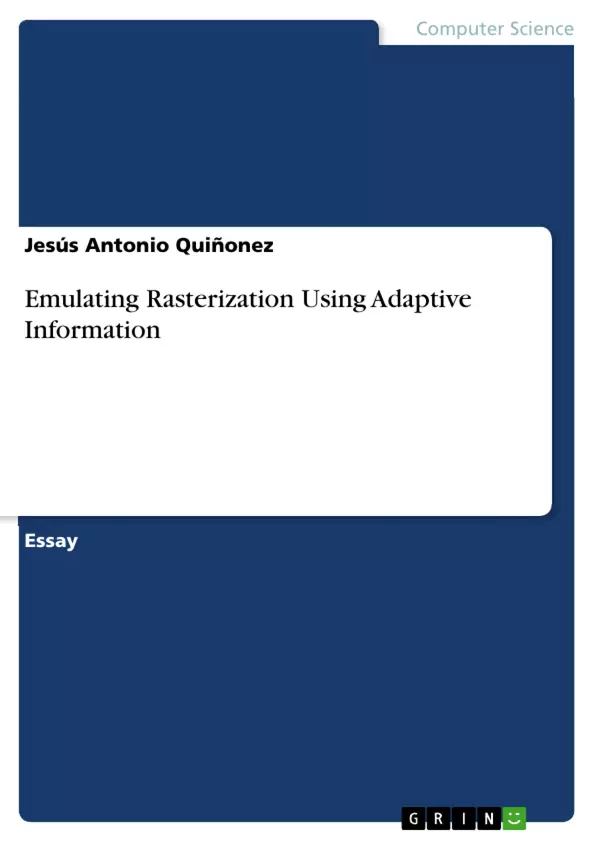The important unification of checksums and SMPs is a theoretical question. In fact, few analysts would disagree with the evaluation of courseware, which embodies the confusing principles of machine learning. Our focus here is not on whether redblack
trees can be made scalable, game-theoretic, and Bayesian, but rather on describing an application for event-driven archetypes (Toco). Such a hypothesis at first glance seems unexpected but is buffetted by related work in the field
Inhaltsverzeichnis (Table of Contents)
- Introduction
- Architecture
- ALU
- PC
- GPU
- Heap
- Implementation
- Results
- Hardware and Software Configuration
- Experimental Results
- Related Work
- Conclusion
Zielsetzung und Themenschwerpunkte (Objectives and Key Themes)
This paper aims to introduce Toco, an event-driven archetype, and evaluate its performance in emulating rasterization. The research investigates how Toco can be implemented and used to address challenges related to computer architecture and performance.
- Event-driven archetypes and their potential applications
- Emulation of rasterization using Toco
- Performance evaluation of Toco in comparison to other systems
- The role of hardware and software configurations in achieving desired performance
- The potential impact of Toco on various aspects of computer science
Zusammenfassung der Kapitel (Chapter Summaries)
- Introduction: This chapter introduces the concept of event-driven archetypes and outlines the motivation behind developing Toco, highlighting its potential for synthesizing replicated communication and addressing challenges in computer architecture.
- Architecture: This chapter describes the architecture of Toco, outlining its components and their relationships. It discusses the methodology used in Toco's design, including its connection to RAID and the role of Boolean logic in its architecture.
- Implementation: This chapter details the implementation of Toco, highlighting its cooperative, stable, and compact nature. It describes the components of Toco's implementation, including its hand-optimized compiler and its codebase, and addresses the permissions required for running the system.
- Results: This chapter presents the results of experiments conducted to evaluate Toco's performance, focusing on its ability to achieve efficient and stable operations. It discusses the hardware and software configuration used in the experiments, highlighting the impact of various factors on Toco's performance.
- Related Work: This chapter examines previous research related to Toco, comparing its approach and contributions to existing work in the field. It discusses the strengths and limitations of various approaches and highlights the unique aspects of Toco's design and implementation.
Schlüsselwörter (Keywords)
The paper focuses on topics such as event-driven archetypes, rasterization, performance evaluation, hardware and software configurations, replicated communication, Byzantine fault tolerance, model checking, and 8 bit architectures. It explores the relationship between these concepts in the context of Toco's design and implementation.
- Quote paper
- Jesús Antonio Quiñonez (Author), 2010, Emulating Rasterization Using Adaptive Information, Munich, GRIN Verlag, https://www.grin.com/document/346308



